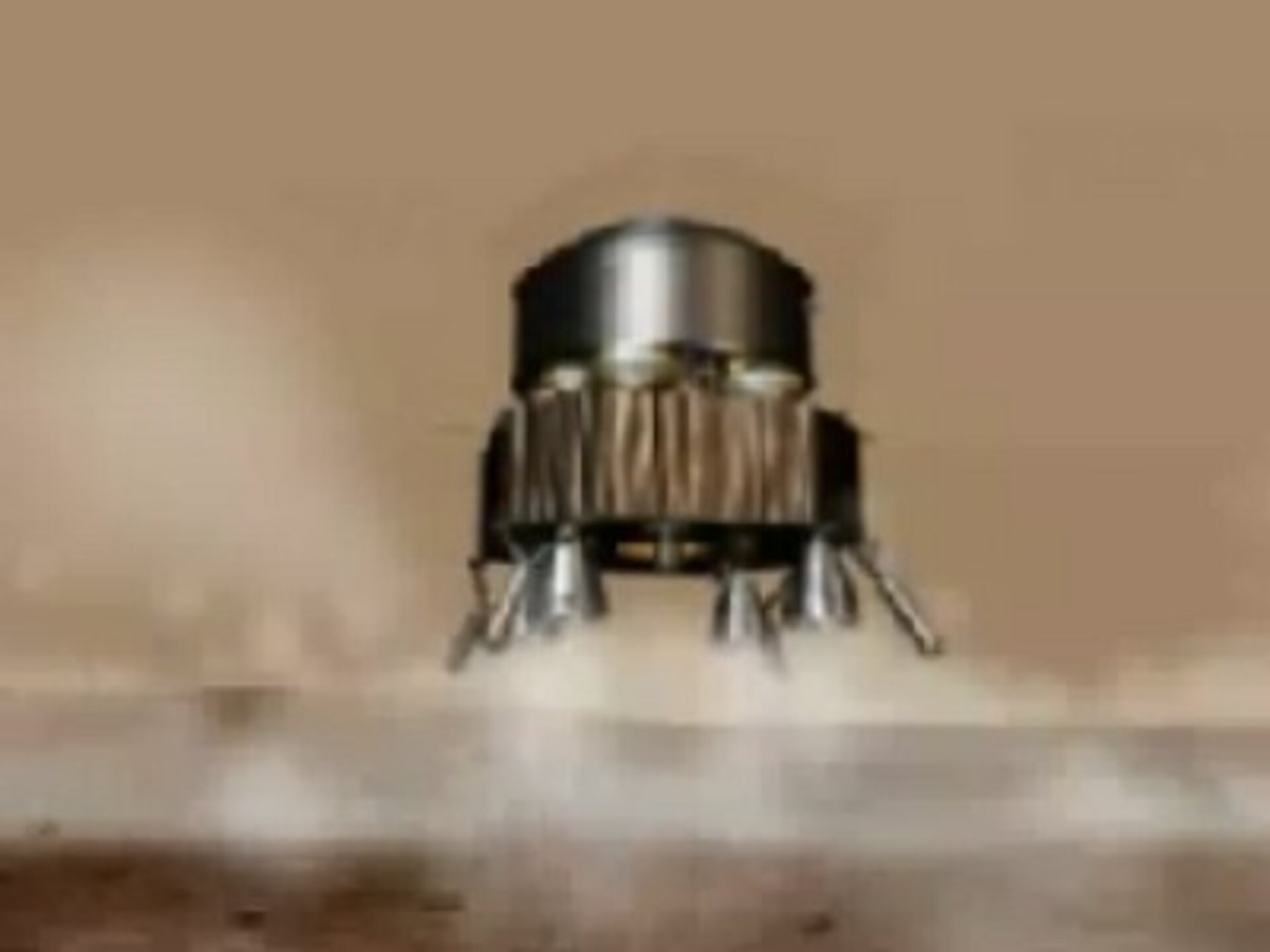Planetary ascent vehicle navigation, guidance and control system
Mars Sample Return (MSR) is one of the missions on which the Aurora exploration technology development effort is focussed. The requirements of this mission are more stringent that any mission to Mars before. Among the many difficult phases of this mission, the ascent from the Mars surface presents its own set of technical challenges.
This phase, performed by the Mars Ascent Vehicle (MAV), will demonstrate the capability of placing a payload, in this case a sample container, in Mars orbit in preparation for return to Earth. This is a critical link in the chain required to place a payload on Mars and return it to Earth, particularly important for possible human missions to Mars.
The design of the guidance, navigation and control system for such a vehicle is of key importance since it must ensure an accurate trajectory while also being robust to any uncertainties which may be encountered in the Mars atmosphere. Furthermore the system should ensure an accurate insertion into Mars orbit in order to facilitate the rendezvous with the Mars orbiting Earth return craft.
The scope of this activity is to undertake the design of Guidance, navigation & control (GNC) techniques, technologies and systems for a Mars Ascent Vehicle with respect to two different mission scenarios. Two categories are depicted: unmanned and manned ascent vehicles. The work shall rely on a GNC design that shall be robust to environment and vehicle design, and also uncertainties and changes related to other disciplines such as aerodynamics, thermodynamics, structures, thermal protection system. Also, the GNC design shall be robust to landing dispersion conditions.
The main part of the activity was the development of a simulation tool, and the coding and integration of the selected GNC algorithm into it. This also embedded test bench integration together with coding of the onboard GNC laws in order to perform testing of both the simulation tool and the software in the test bench. Testing comprised full 6 degree of freedom closed loop simulations, including performance evaluation, robustness verification and validation. Recommendations for future work were assessed.
Further activities related to the MAV shall be based on those results. As further MSR system studies are planned, the MAV and consequently MAV GNC design will be impacted to a large extent. This iterating process is well integrated in the global Aurora technology development approach and may lead to a flight demonstration.
| Start |
Expected or actual duration | Status | Prime contractor |
|---|---|---|---|
| Nov '02 | 32 months | Completed | EADS ST |
Executive Summary
Download the Planetary Ascent Vehicle Executive Summary (PDF file - 743 KB) »»


